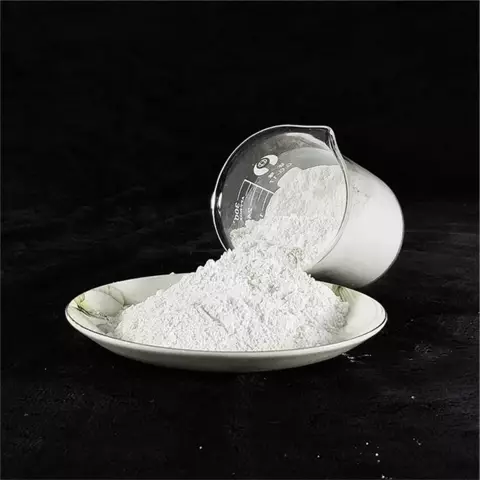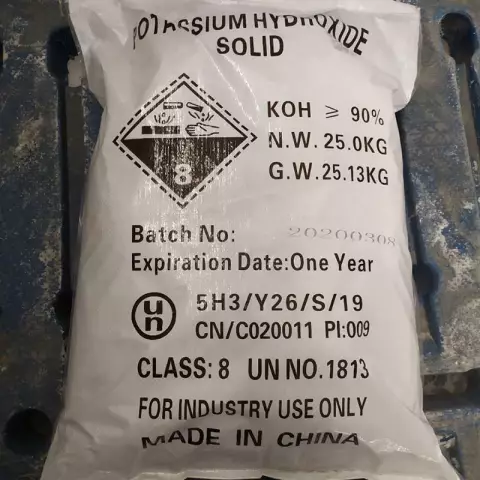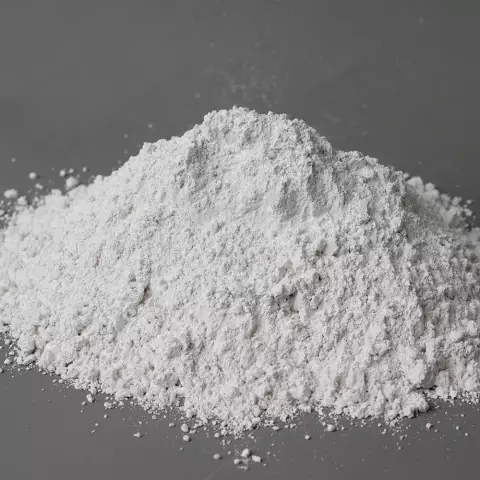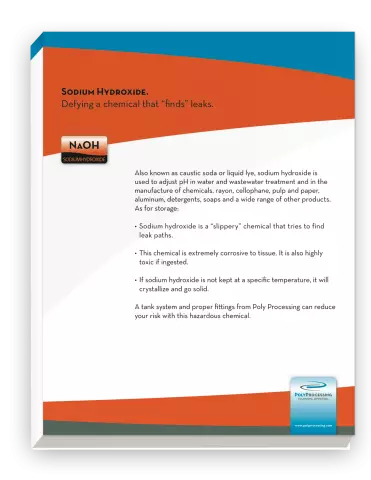- Author Rachel Wainwright [email protected].
- Public 2023-12-15 07:39.
- Last modified 2025-11-02 20:14.
Magnesium hydroxide
Magnesium hydroxide (e528) is a food additive of the group of emulsifiers.
Characteristic

Externally, the chemical compound is a white crystalline powder, odorless, with a characteristic alkali taste. E528 is used as a food additive. Its main purpose is to stabilize the shades of products and regulate acidity.
At 350 degrees Celsius, magnesium hydroxide decomposes into water and magnesium oxide. It is practically insoluble in water. It absorbs carbon dioxide and water from the air, while forming the main magnesium carbonate. In nature, e528 can be found in the form of a special mineral - brucite.
Getting magnesium hydroxide
On an industrial scale, magnesium hydroxide is obtained through the interaction of magnesium salts with various alkalis.
Also, a chemical compound is obtained by the reaction of a solution of magnesium chloride with burnt dolomite, or by the interaction of water vapor with metallic magnesium.
Magnesium hydroxide properties
In the food industry, the properties of magnesium hydroxide are widespread in the manufacture of cocoa products (up to 70 g / kg), canned vegetables (salted and pickled vegetables, sauces, marinades, canned vegetable snacks, natural canned vegetables), cheese. As a food additive, e528 is used to bind sulfur dioxide.
The substance is used as a flocculant for wastewater treatment, as an additive in various detergents, antiperspirants, deodorants and toothpaste. Used for refining sugar and obtaining magnesium oxide.
The properties of magnesium hydroxide, which make it possible to use it in medicine, deserve special attention. The substance has an antacid and laxative effect, reduces the activity of gastric juice and neutralizes hydrochloric acid in the stomach. At the same time, the use of e528 is not accompanied by changes in the acid-base balance or secondary hypersecretion of hydrochloric acid. Also in medicine, the substance is used to increase intestinal peristalsis. As a laxative, it begins to act 2-6 hours after application.

Indications for the use of the chemical compound: heartburn after drinking coffee, alcohol or smoking, chronic gastritis with normal or increased secretion, stomach and duodenal ulcers, constipation, epigastric pain and discomfort.
In medicine, magnesium algeldrate hydroxide has become widespread - a remedy that is used for acute duodenitis, stomach ulcers, gastralgia, heartburn, chronic pancreatitis, fermentative or putrefactive dyspepsia, hyperacid gastritis. However, you should be aware that this drug is contraindicated in patients with hypersensitivity to magnesium hydroxide, in Alzheimer's disease and during pregnancy and lactation. It should be used with caution in patients with kidney problems, since after its use, an excess of magnesium in the body may develop (hypermagnesemia).
Effect on the human body
Food additive e528 is banned in Australia, Great Britain, New Zealand. In general, the supplement for the body is considered harmless. However, its use in high concentrations can provoke an upset stomach and cause diarrhea, as it absorbs fluid from the intestines, increasing its motility.
Found a mistake in the text? Select it and press Ctrl + Enter.






